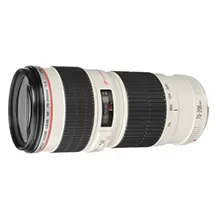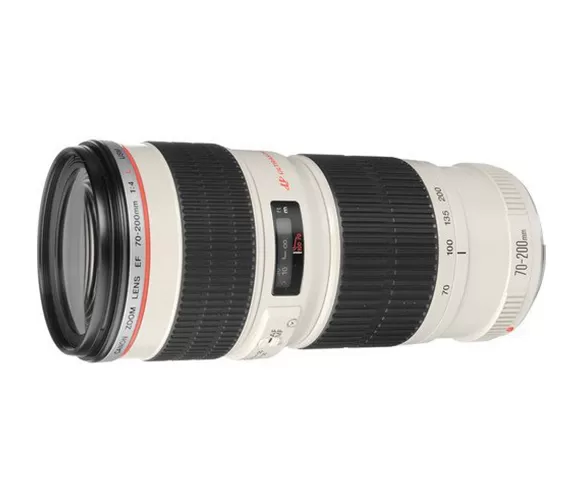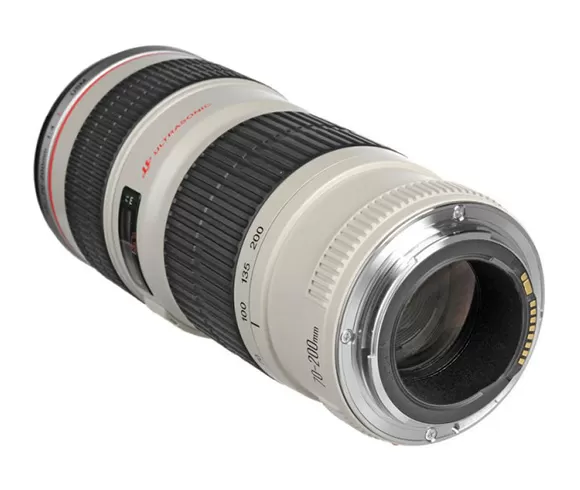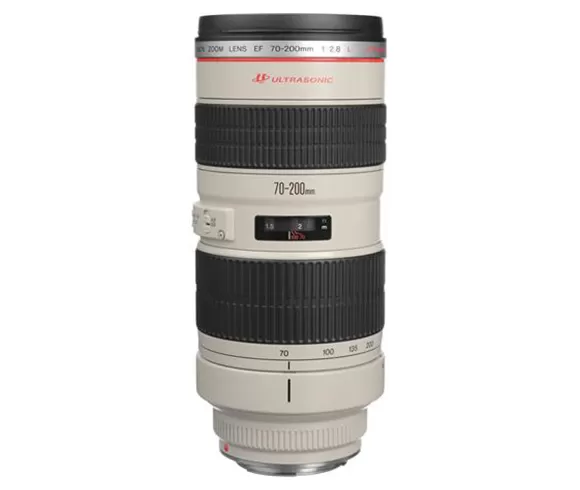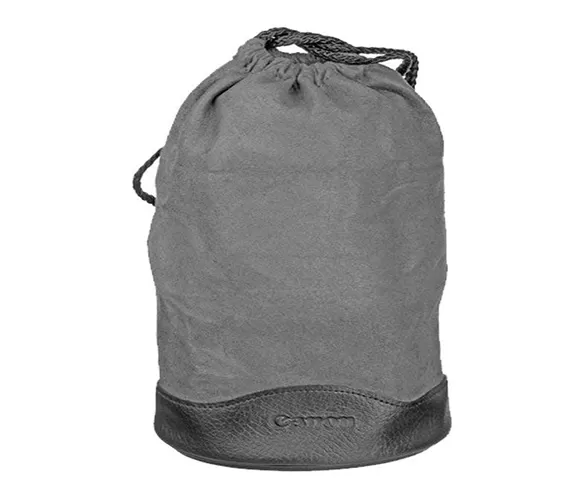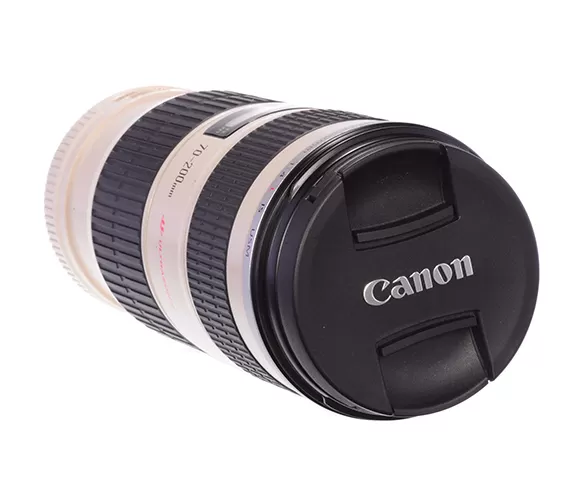About Canon EF 70-200mm IS USM
Launched in the recent past, the flexibility of this lens is undeniable, but with a limiting f/4 aperture it has a very small appeal. The fact that this lens is squarely in the enthusiast arsenal means that it's really not found a niche where it excels. The f/4 aperture limits it for low-light use, while the 70-200mm range gives it a certain appeal. It does have a fast, silent, and seamless auto-focus which will make some users interested and with the upgraded image stabilization in this model, it's not a bad lens by any means. It's definitely a lens aimed at enthusiasts who want the flexibility of only carrying one or two lenses or those who like the focal length but don't want to spend more for the f/2.8 version. However, with that being said, picking up a f/2.8 just became a lot cheaper and for someone considering this lens over that version, there isn't a lot to attract them.
Features – Canon 70-200mm f/4 IS USM
- Canon 70-200mm lens with 112-320mm equivalent on APS-C
- f/4-32 aperture range
- Super Spectra Coating to minimize ghosting
- 34°-12° diagonal angle of view.
- One fluorite element plus two ultra-low dispersion glass elements. Sixteen total elements in 13 groups.
- Ring-type Ultrasonic Motor with an internal focusing system with manual override
- optional tripod collar
- L series – weather sealed against dust and moisture
- Compatible with both EF 1.4x and EF 2X teleconverters
- focus limiter for constraining focusing to between 3.9-infinity or 9.8-infinity
- image stabilization which engages with a half-clicked shutter but has a noticeable noise to it when in use
- 67mm Filter Diameter
What’s New
- Image stabilization capabilities have been improved and make this lens almost 100g lighter than the non-IS version.
- Significantly smaller and lighter profile overall despite maintaining the same filter diameter as other versions and the f/2.8 version.
- Very fast and quiet auto-focusing with nicely sized, damped, rings for a switch to manual mode.
- Recessed switches which are less subject to accidental changes.
- Igniting from 135mm onwards for full-frame users, something that is disappointing but it also less apparent on the non-IS version.
Who Should Buy
This is a lens best saved for enthusiasts. It's a general-purpose zoom that covers most portrait focal ranges, and the longer length allows better framing without having to change over – as long as you have good light. The limiting f/4 means good lighting or a Speedlight is essential, or your subject is not likely to be sharp. It does, however, work well for landscape enthusiasts as the narrow depth of field and IS helps with hand holding even if you choose not to use the collar as long as the lighting is good. Generally, this lens doesn't have the reach for landscape photography, but it's in a much more affordable price range than the f/2.8 so those considering a general-purpose telephoto zoom will be well served with this if they're on a budget. There is also a non-IS version which knocks the cost down more, but it's still priced at the expected (expensive) amount you would expect from Canon.
How to Use – Get, Set, and Click
- 1Remove the dust cap by rotating counterclockwise.
- 2Mount the lens according to your camera body specifications and make sure it is locked in place.
- 3Set the focus mode to either auto or manual.
- 4
Zoom to your required focal range and then set the focal distance range. You may need to half-press the shutter and resume autofocusing after adjusting. - 5Engage/disengage image stabilization. Select the stabilizer mode and half-press the shutter to check it is working.
- 6Attach a tripod collar, hood, filter or any other accessories as needed.
- 7When removing the lens, place the contacts facing upwards before reattaching the dust cap immediately.
Must-Have Accessories for
Canon 70-200mm f/4 IS USM
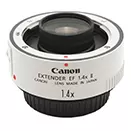
- Extend focal reach with IS compatibility
- Affordable and very small.
- Mostly used with already sharp lenses to increase range though it will also magnify any aberrations.
- Used when mounting to a tripod for central weight balance.
- $100-225
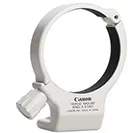
- Tripod collar for better stabilization with long exposures or extreme zoom capabilities.
- Thumbscrew adjustment and hinge release.
- Used for remote triggering the shutter without touching the body
- Mostly used by those that want to avoid vibration reduction either with long exposure or extreme zoom modes.
- $144

- Hot shoe mounting Speedlight
- iTTL metering, illuminated buttons, zoom range between 17-200mm
- Used for night photography and low light photography
- Mostly used by any photographer looking to improve their photography in low light situations and avoid shake that may happen with longer exposures.
- $100-500
Similar Products to Watch Out For
-
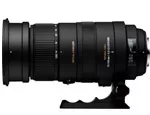 Sigma50-500mm
Sigma50-500mm
f/4-6.3 DG lens -
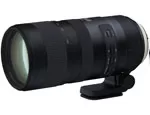 TamronSP AF 70-200 mm
TamronSP AF 70-200 mm
F/2.8 Di LD
Final Thoughts

